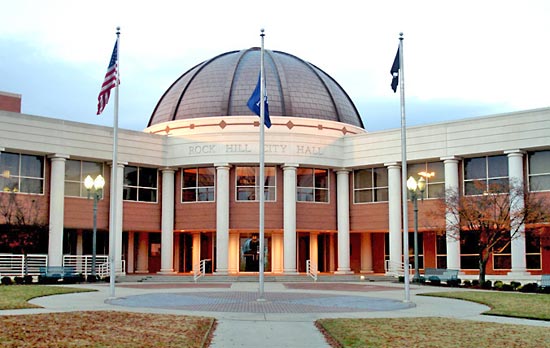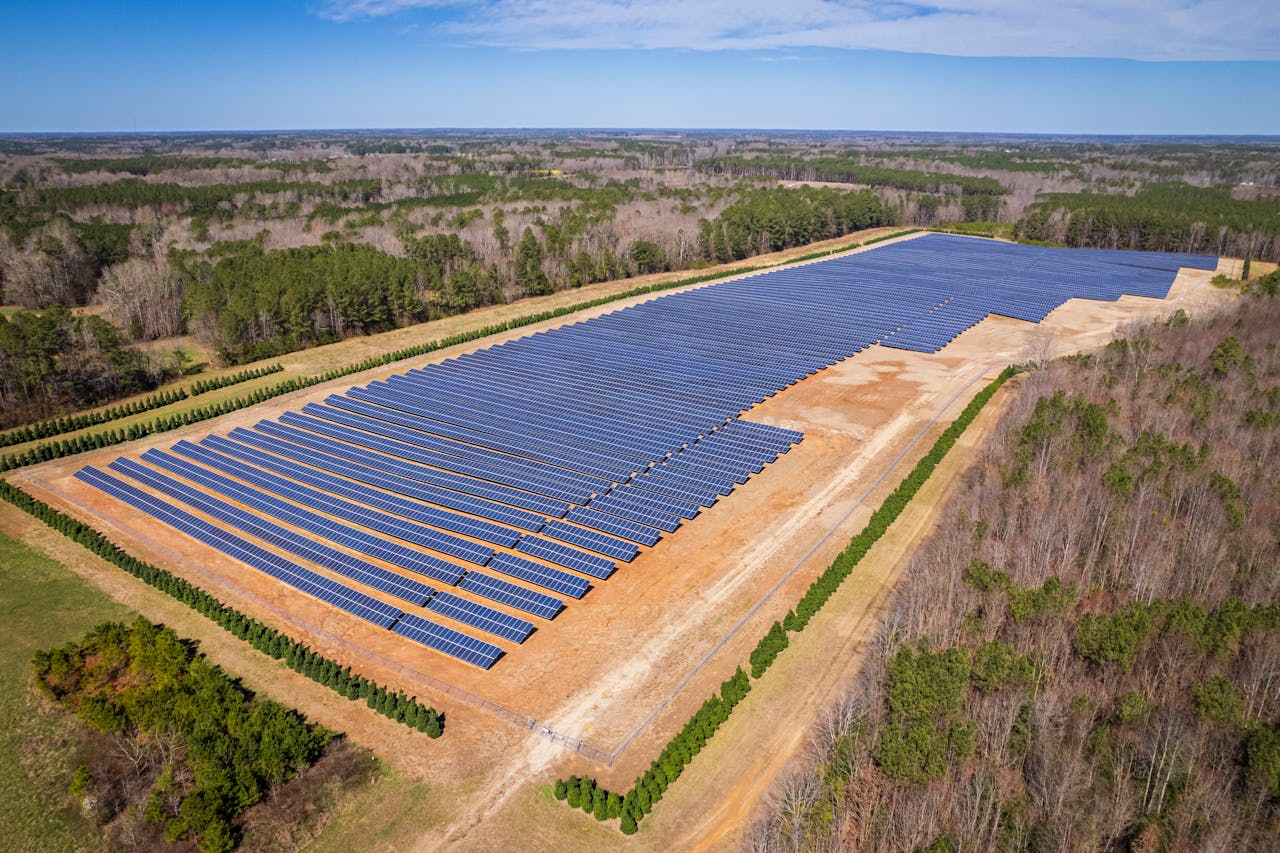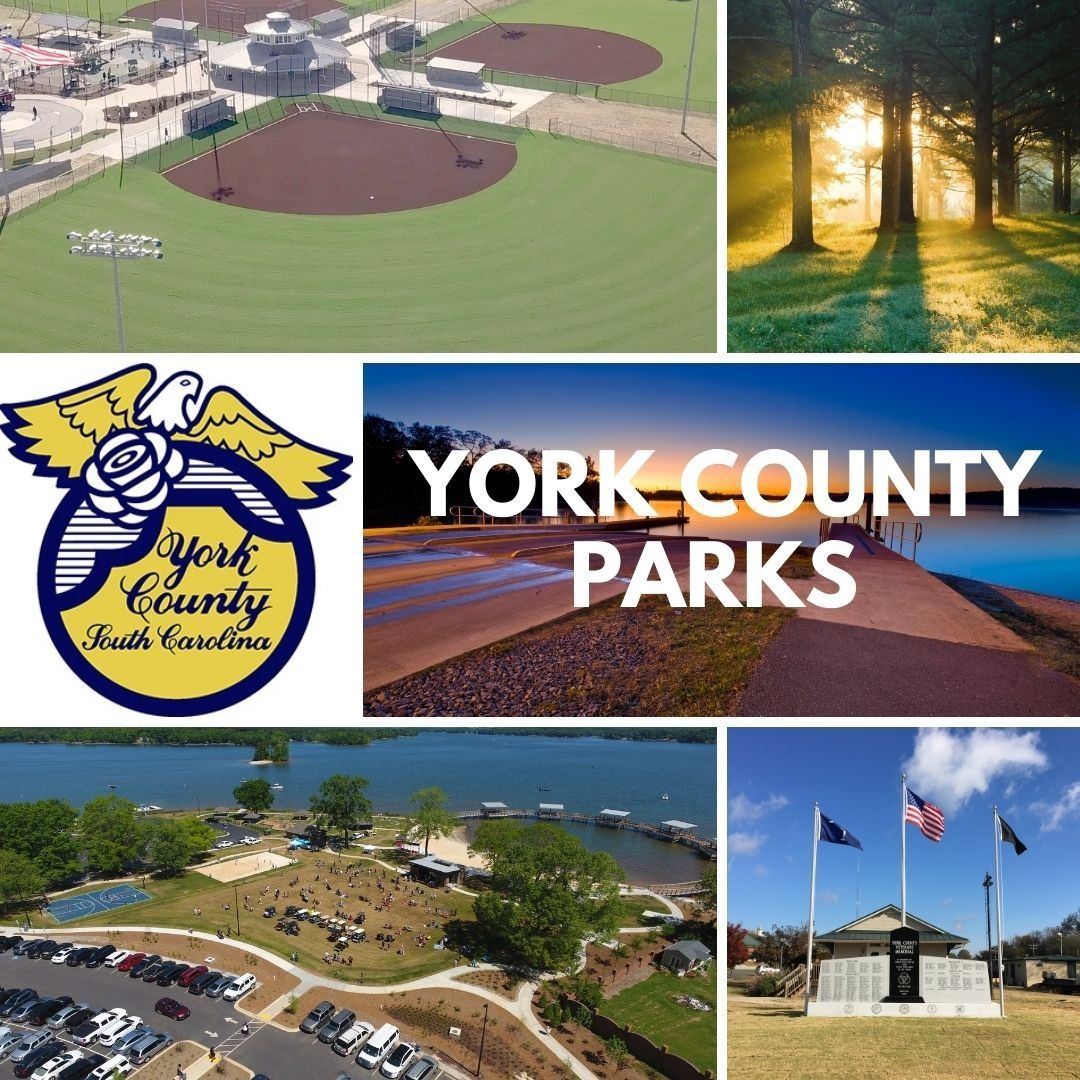CHARLOTTE, NC (Tega Cay Sun) – Anyone who has driven from Tega Cay to the Palisades has seen the sprawling expanse of trees and manicured landscapes at the intersection of Zoar and Youngblood Roads.
Bartlett Tree Experts has over 100 locations throughout the United States, Canada, Great Britain, and Ireland. But their research laboratory and arboretum are located just west of Tega Cay in Charlotte, NC.
Founded in 1913 by visionary F.A. Bartlett, the Bartlett Tree Research Laboratories have long been at the forefront of arboricultural science. Originally based in North Stamford, Connecticut, the labs made a strategic move in 1965 to an expansive property in Charlotte, North Carolina, amplifying its legacy and reach.
The roots of this esteemed institution date back to when Bartlett purchased a farm specifically to explore tree research. His unwavering commitment led to the establishment of the Bartlett Tree Research Laboratories and Experimental Grounds in 1926. To ensure the facility’s distinction, Bartlett enlisted top researchers of that era.
Today, the laboratory is a bastion of cutting-edge research and tree care, equipped with an advanced diagnostic facility that boasts molecular testing capabilities. The lab processes over 7,000 plant samples yearly to combat pests, diseases, and environmental challenges, while an additional 12,000 soil samples are scrutinized annually, all serving the broader purpose of ensuring the health and longevity of our urban forests.
The institution also harbors an extensive reference library, an education center, an arboretum teeming with over 15,000 accessioned plants, and multiple test plots. Wildlife enthusiasts can find solace in its bird sanctuary.
Training is paramount at the Bartlett Tree Research Laboratories. Their robust arborist training programs, ranging from week-long courses to annual updates on pest and disease management, ensure that Bartlett arborists remain at the pinnacle of their profession. This dedication to training empowers them with the latest advancements in arboriculture, benefiting both clients and the environment.
The labs’ publications, including Plant Health Care Bulletins, Pest Management Recommendations, and Standard Practice manuals, guide the global arboriculture industry in best practices. This is made possible by the Bartlett lab staff, a diverse team of experts in entomology, plant pathology, horticulture, and more, who ensure that Bartlett’s scientific approach to tree care is unmatched.
Research is the laboratory’s lifeblood. From studying the impacts of pruning to exploring sustainable pest management, the lab’s research domains are vast:
Entomology and Sustainable Pest Management: Efforts here focus on managing harmful pests while preserving landscapes, pollinators, and human safety. Current research delves into pest-resistant plant varieties, promoting plant health, and using beneficial organisms to counter pests.
Plant Health and Pathology: This segment deals with understanding and managing plant diseases. Current explorations include disease management options, cultural practices for plant resilience, and understanding wood decay fungi.
Soils and Environmental Science: Strategies to mitigate woody plant stress, boost recovery, and identify adaptable plant selections are formulated here. Current studies include soil remediation strategies, managing trees under abiotic stress, and examining carbohydrate metabolism in woody plants under duress.
Innovations in Arboriculture and Urban Forestry: Bartlett is pioneering the future of urban forestry with research on pruning impacts, growth regulators, urban tree planting, tree structure support systems, and lightning protection in trees.
In the vast world of botany, there are places that stand as testimony to nature’s splendor and man’s passion for preserving it. The Bartlett Arboretum is one such gem. Nestled on an expansive property, this Level IV accredited Arboretum boasts a prolific collection of trees and plants from all corners of the globe.
The sheer numbers alone are staggering—over 15,000 accessioned plants—yet it’s the quality and diversity of these collections that truly astound. From the sturdy oaks and conifers that are among the best on the eastern seaboard to the world’s most extensive collection of magnolia cultivars, the Bartlett Arboretum is a verdant treasure chest. It proudly houses the third largest collection of holly in the U.S., along with expansive collections of elm, crape myrtle, crabapple, maple, rhododendron, and witch hazel. Numerous display gardens further punctuate the property, each thoughtfully designed and meticulously maintained.
But it’s not just about the flora. Interspersed throughout the Arboretum are serene ponds, untouched natural areas, and lush woodlands. These spots aren’t just for the eyes—they provide sanctuary to an array of wildlife. From chirping birds to silent reptiles, the Bartlett Arboretum is teeming with life, making it not just a plant repository but a thriving ecosystem.
While the Arboretum is a feast for the senses, its primary goal goes beyond aesthetics. It is an integral part of the Bartlett Tree Research Laboratories and serves as a crucial resource for the Bartlett Tree Expert Company. As a living museum, it supports learning, discovery, research, and training. Every tree, every plant, and every garden tells a story, contributing to the larger narrative of global plant species and cultivars. The Arboretum is a glowing example of sustainability and thoughtfulness, embodying how man and nature can coexist in harmony.
In pursuit of its mission, the Bartlett Arboretum collaborates extensively. It forms bonds with the public horticulture community, universities, the green industry, and other Arboreta. These partnerships amplify its reach and impact, ensuring that the knowledge it holds benefits the wider community.
Despite its grandeur and significance, the Bartlett Tree Research Laboratories and Arboretum remains a reserved haven for study and research. While it’s not open to the general public, those interested can arrange for tours by appointment, offering a glimpse into this beacon of arboricultural excellence. As the facility continues to grow and evolve, it remains a fitting tribute to F.A. Bartlett’s vision, ensuring that trees continue to be celebrated and understood for generations to come.










